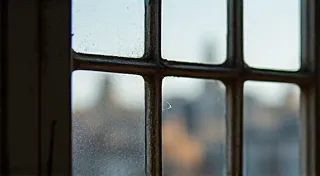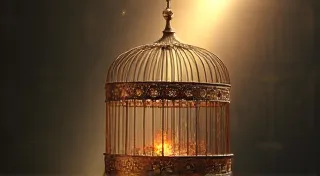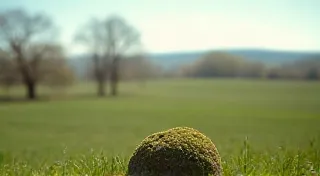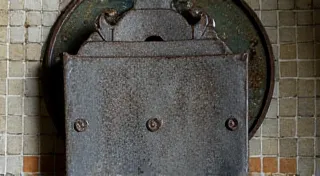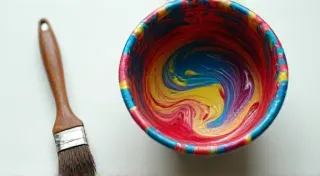The Curator's Dilemma: Balancing Preservation and Appreciation in a Growing Collection
There's a peculiar sort of magic held within a collection of antique city postcards. It’s not just the visual charm – the sepia-toned landscapes, the bustling streets captured in a fleeting moment – but the tangible link to a past that's simultaneously familiar and distant. For years, my own collection has been a constant companion, a quiet, paper-thin window into eras gone by. But as it grows, so does the curator’s dilemma: how to balance the imperative of preservation with the undeniable joy of sharing and appreciating these fragile treasures.
My journey began, as many collecting passions do, almost by accident. A small, faded postcard of Chicago, purchased at a flea market for a mere quarter, sparked something. It wasn't just the image of the young city, brimming with ambition, but the handwritten message on the back - a brief, poignant note from a woman to her sister, mentioning the excitement of the Columbian Exposition. That single postcard felt like holding a secret, a whispered echo from a century ago. Since then, the collection has expanded exponentially, encompassing scenes from across the globe, from the grandeur of Paris to the burgeoning industrial landscapes of Pittsburgh.
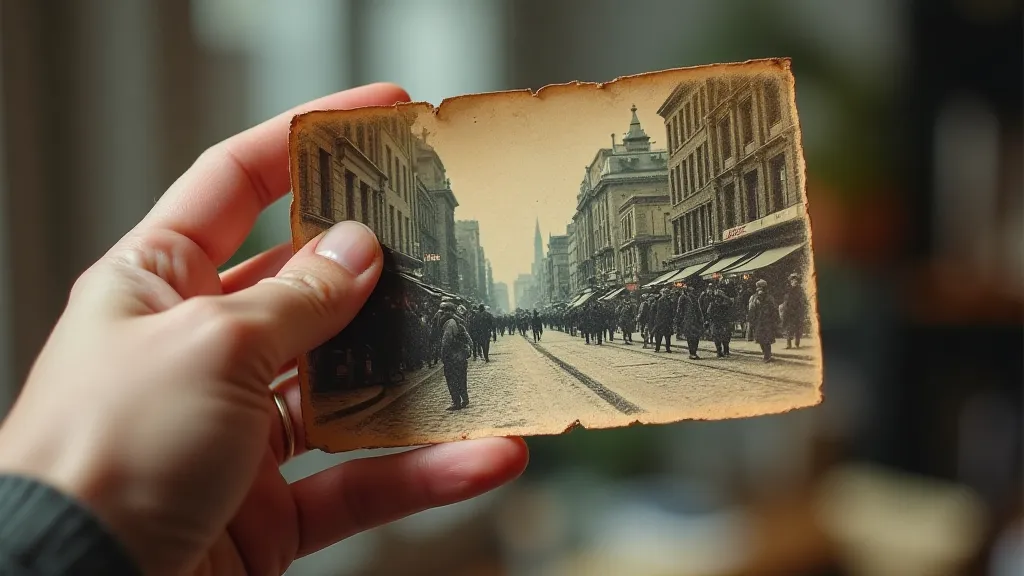
The Weight of Time: Preservation Challenges
The initial thrill of acquisition gives way to a deeper responsibility. These aren't mere souvenirs; they are fragile historical documents, susceptible to the ravages of time and the carelessness of handling. Sunlight, humidity, and acidic materials – common household items like wooden boxes or acidic paper – can wreak havoc on these delicate pieces of history. I remember the sinking feeling when I realized a prized postcard of Venice, stored in an improperly sealed album, had begun to show signs of foxing, those telltale brown spots that signify paper degradation.
Proper storage is paramount. Archival-quality sleeves and albums are not a luxury, but a necessity. I’m a firm believer in using acid-free paper and polypropylene sleeves – they’re a bit of an investment upfront, but they offer invaluable protection. Furthermore, a cool, dry environment is key. Attics and basements, with their fluctuating temperatures and humidity levels, are public enemy number one for postcard collections. I learned this lesson the hard way when a box of San Francisco views suffered significant water damage during a summer storm. Understanding the nuances of printing techniques and their impact on postcard longevity can also be a critical component of preservation. Sometimes, identifying these printing methods requires a closer look, revealing details that help determine the postcard’s fragility and optimal storage conditions – a topic that could easily be explored further in The Spectral Signature: Identifying Printing Techniques on Antique Postcards.
Beyond Storage: Cataloging and Identification
A collection without a system is just a pile of pretty pictures. Cataloging is as important as preservation. In the early days, I simply organized by city, but as the collection grew, it became unwieldy. I now use a combination of spreadsheets and photographic records, documenting each postcard's origin, publisher, series (if applicable), and any known historical context. Identifying publishers can be a fascinating rabbit hole in itself. Companies like the Detroit Publishing Co., Curt Teich, and the Rotograph Company were prolific producers of postcards, and recognizing their distinctive printing styles and logos is a skill that comes with experience.
The challenge isn's always about identification, but also about understanding the context. A postcard of London might depict a familiar landmark, but the surrounding buildings, the fashion of the people, and even the signage can reveal so much about the era in which it was produced. Many collectors find the “Real Photo Postcards” (RPPCs), or "Photopostcards," particularly fascinating. These were photographs taken by local photographers and then printed onto postcard stock, offering a more intimate and often less idealized view of city life. Identifying these photographers and understanding their contribution to the visual record of a city is a rewarding endeavor. The evolution of these visual representations, and how they reflect changing perspectives on urban spaces, is another area of study that touches upon the fascinating ways scale and perspective influence our understanding of place—a concept elaborated upon in The City in Miniature: A Cultural Analysis of Scale in Postcard Representation. Examining the choices made by photographers and printers reveals a deeper understanding of not only the city itself, but also the social and cultural attitudes of the time.
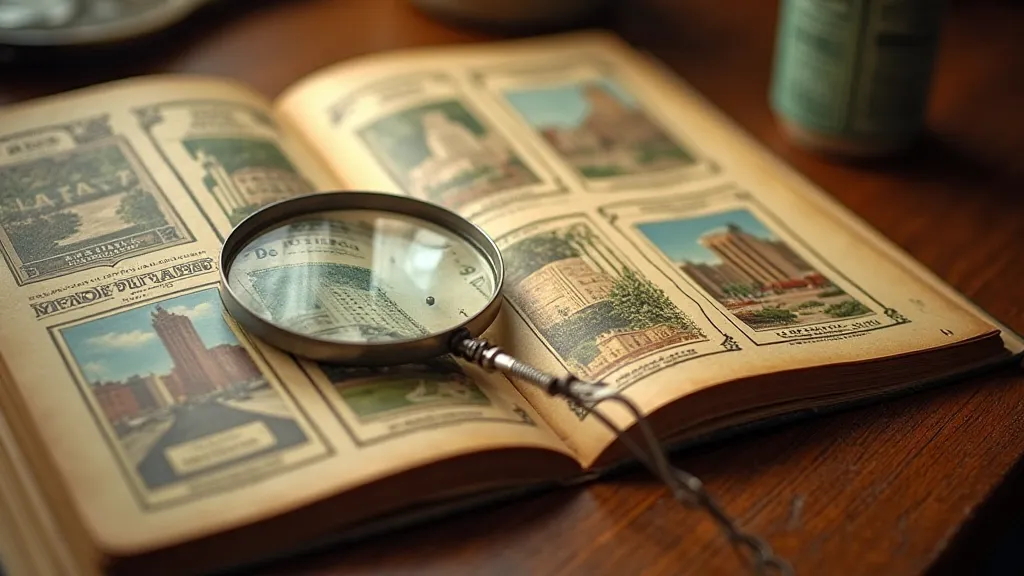
The Joy of Sharing: Finding the Right Balance
But a collection, however carefully preserved and meticulously cataloged, is meant to be appreciated, not hidden away. The curator’s dilemma extends to finding the right balance between safeguarding these pieces and sharing their beauty and historical significance. Initially, I was reluctant to show my collection, fearing damage. However, I realized that the joy of sharing the stories behind these postcards far outweighs the potential risks, provided appropriate precautions are taken.
I’m careful to handle the postcards with clean hands, use display cases that protect from light and dust, and rotate the displays regularly to minimize exposure. I’m also an advocate for digitization. Creating high-resolution scans of the postcards allows for broader accessibility and ensures that the imagery is preserved even if the originals continue to degrade. This digital archive also allows me to share glimpses of the collection online, sparking conversations and connecting with other collectors around the world. There's a certain thrill in knowing that a postcard from a long-forgotten town can find a new audience and inspire curiosity in someone across the globe.
The Value Equation: Beyond Monetary Worth
Of course, the question of value inevitably arises. While some antique city postcards can command significant sums, particularly those depicting rare or historically significant events, the true value of a postcard collection lies far beyond its monetary worth. It’s about the connection to the past, the appreciation for craftsmanship, and the opportunity to learn about different cultures and communities. The early printers and engravers—the people who designed and produced these images—were, in their own right, artists and innovators. The intricacy of the engraving, the use of color, and the artistry of the composition reflect a dedication to quality and a desire to capture the essence of a place and time.
The act of collecting postcards isn't merely about accumulating objects; it's about piecing together narratives, understanding cultural shifts, and gaining insight into the lives of those who came before us. Each postcard holds a fragment of a story, a glimpse into a moment in time. The stories captured, and the context surrounding them, can be a surprisingly rich source of historical insight. Often, the true value lies not in the postcard itself, but in the journey of discovery it inspires—a process often involving deeper research and investigation into the historical context – a pursuit that can be greatly enhanced by further exploration of the historical background and research methods employed by postcard enthusiasts, as highlighted in Beyond the Viewfinder: The Postcard as a Gateway to Historical Research.
Furthermore, understanding the financial value of a postcard collection requires far more than a cursory glance at online auctions. Assessing rarity, condition, and historical significance are all crucial factors. The subtle nuances of printing techniques and paper types can greatly influence a postcard's desirability among collectors. Moreover, the context surrounding a postcard—the story it tells, the people it represents, and the events it documents—can significantly contribute to its overall value.
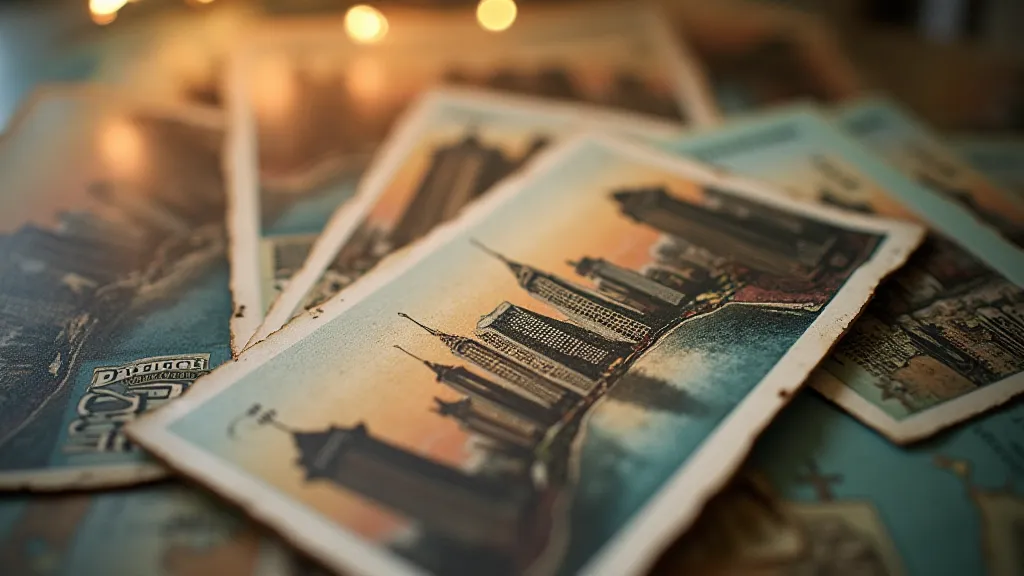
My postcard collection is more than just a hobby; it’s a passion, a window into the past, and a reminder of the enduring power of human connection. And navigating the curator’s dilemma – balancing preservation and appreciation – is a constant learning process, a journey of discovery that continually enriches my understanding of history and the enduring allure of these small, paper-thin windows to another time. It is a reminder that these aren't just images, but echoes of lives lived, stories untold, and moments captured in time, waiting to be rediscovered and shared with the world.
